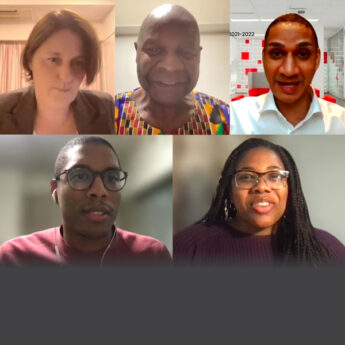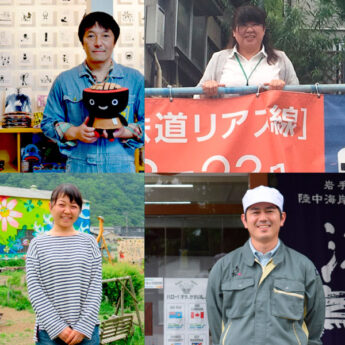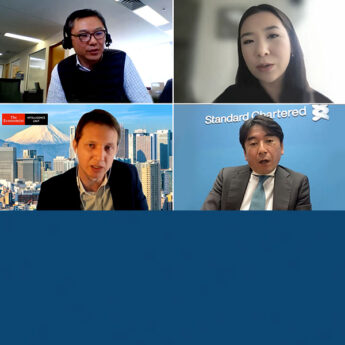• “Out” employees are often more efficient
• Marketing opportunities for this segment
• Portrayal of gay men in media problematic
As part of its “Diversity Beyond Gender” series, the BCCJ hosted a panel discussion on 26 November concerning the inclusion of people who may be lesbian, gay, bisexual, or transgender (LGBT).
Given that so many clients tell me they “are not ready for LGBT inclusion”, I figured it was time to showcase why this matters, as well as the potential opportunities and best practices that involve these individuals in the workplace.
Up until a few years ago, the vast majority of firms in Japan, including British ones, kept their LGBT initiatives in the closet. Nowadays companies that are truly committed to Diversity and Inclusion (D&I) are increasingly making visible, internally and externally, their efforts to acknowledge and engage people who may be LGBT.
Four panellists who are knowledgeable on the subject participated in the discussion at the BCCJ event, while I served as the moderator.
Panellist Ian de Stains OBE, executive director of TELL, explained how people who may have a same-gender partner often feel the need to be guarded about their personal lives. These people may feel excluded by policies that others take for granted.
“Imagine needing to take a personal holiday when your partner’s parents pass away for example”, de Stains said.
Masaki Higashida, a consultant who owns QOCCI, a diversity marketing firm, added, “Heterosexuals often don’t realise that their gay colleagues may not be as comfortable as they are with putting a family photo on their desk, or that those colleagues avoid talking about their weekend, or do so without using any pronouns”.
There is a direct link between feeling included and being engaged on the job. People who have “come out” at work often say they can be more authentic and produce better work.
Yoshiyuki Hoshino, another panellist from Barclays Bank Plc., described some initiatives that organisations can put in place to include and retain people who may be LGBT.
“At Barclays we have an LGBT employee network called Spectrum. Further, we have an ‘allies programme’ and a flag for LGBT allies to put at their desks to demonstrate their support of LGBT inclusion. These initiatives can promote a culture and mindset that expect inclusion. We also address LGBT in our regular D&I training programmes”, Hoshino said.
Shiho Ikeuchi, a panellist from Hotel Granvia Kyoto, was keen to share how her hotel is serving as a pioneer in LGBT marketing. The hotel was the first in Japan to become a member of the International Gay & Lesbian Travel Association, in 2006.
“We realised that potential LGBT guests were unsure they could be comfortably accepted in Japanese culture. By creating targeted marketing, we assure them they are welcome and will be made comfortable at our hotels.
“Our efforts also increased our profile with non-LGBT clients”, Ikeuchi said.
Higashida concurred with Ikeuchi that targeting LGBT clients opens the door to the masses through a knock-on effect.
Research done in the UK by the Stonewall charity reported that gay men earn on average 40% more than men in general, suggesting a lucrative sector of the population on which to focus.
When asked what is most difficult about LGBT inclusion in Japan, panellists unanimously cited the media or its portrayal of gay men. Hoshino said, “Often Japanese working in large organisations believe there are no LGBT people working amongst them. Furthermore, their association of someone who is gay resembles the caricatures of people they see on TV”.
All panellists agreed the media can play a big part in changing people’s mindsets and there is a need to correct the misinformation and fears out there.
In Japan, there is a common belief that 5% of the total population may be LGBT. In the UK, this number rises to 10%. In reality, however, the number is probably bigger, given that most people are not safe or comfortable being recognised as LGBT.
On reflection, the opportunities for organisations become obvious. Based on a conservative LGBT population estimate of 10%, non-inclusion will turn away this valuable talent pool.
Whether by targeting LGBT clients directly or by being transparent when an organisation has an LGBT-friendly environment, firms stand to gain in terms of human capital and market potential.





